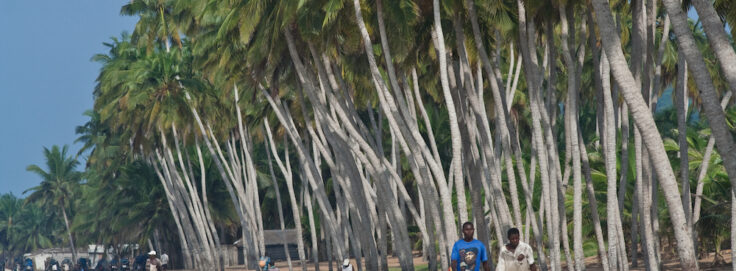
Search
Editorial

In this new edition of Dimensions, we present work being carried out for the measurement of multidimensional poverty in several countries and how this has been used in different regions of the world.
We begin with interviews with Fransina Amutenya, Senior Statistician at the Namibia Statistics Agency, and Francis Mensah, Head of National Accounts and Economic Indicators at the Ghana Statistical Service who share with us details of introducing the MPI to Namibia and Ghana respectively.
Then we fly to Mexico where a group of CONEVAL analysts share data on how poverty has changed in Mexico in the context of the COVID-19 pandemic. For them, the multidimensional measurement of poverty in Mexico serves as a tool to identify the challenges that social development policy must face.
We move across to the state of Oaxaca, where the Secretary of Social and Human Development, Ministry of Social and Human Development of Oaxaca, Edith Yolanda Martínez, reports on a successful case of multidimensional poverty reduction and how the MPI guided public policy.
The analysis of multidimensional poverty can be incorporated into other domains. For example, Sophie Scharlin-Pettee presents the gender-sensitive MPI for forcibly displaced populations in five territories in sub-Saharan Africa: Ethiopia, northeastern Nigeria, Somalia, South Sudan, and Sudan.
John Hammock, meanwhile, describes how the MPI can be used in the private sector, as Citigroup and SOPHIA Oxford launch a report that features a robust framework of social metrics for environmental, social, and governance (ESG) investment and impact assessment, using a multidimensional poverty approach.
Finally, Meg McLaren from MSI Reproductive Choices describes why they chose the MPI as a metric to assess the impact of their sexual and reproductive health programmes.
We invite you to read Dimensions.
Carolina Moreno
This article was published in Dimensions 14
















